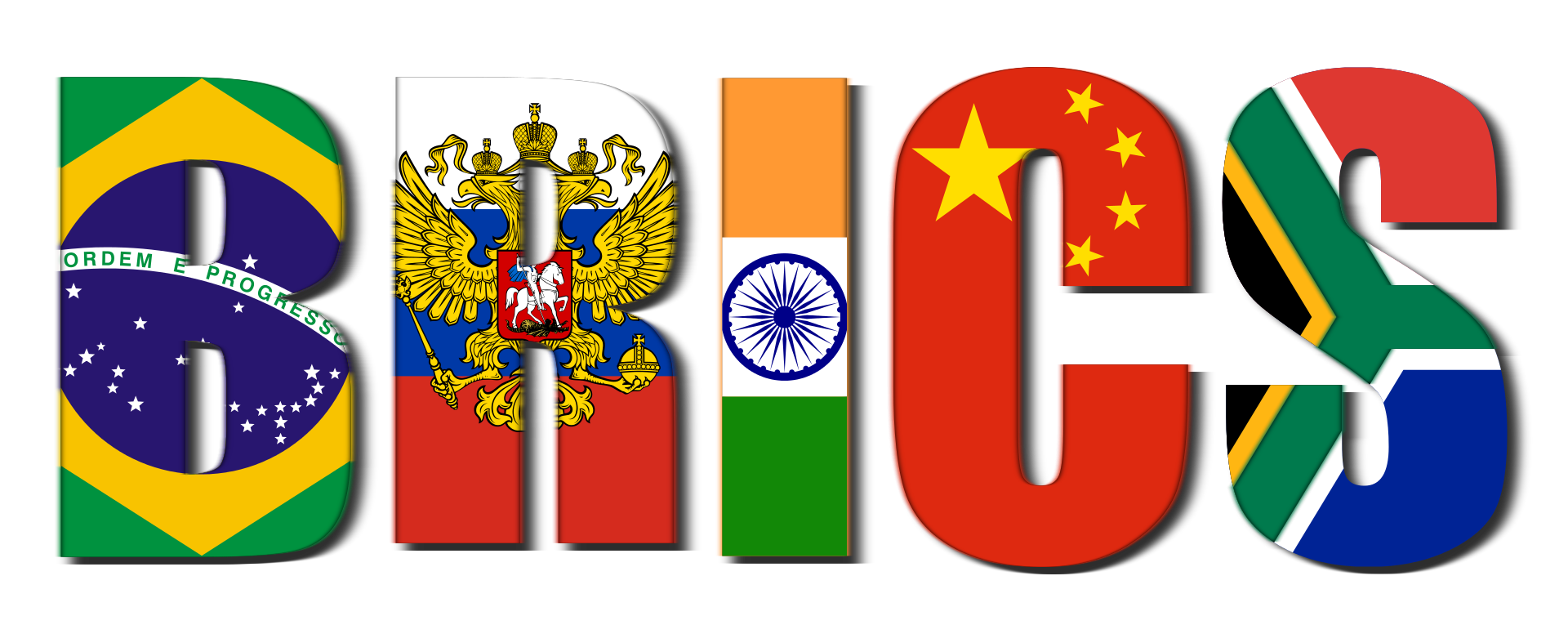
The upcoming fifteenth summit of the BRICS grouping, comprising Brazil, Russia, India, China, and South Africa, scheduled for later this month, will delve into crucial topics. These include deliberations on expanding the bloc’s membership, augmenting the utilization of local currencies, and exploring the feasibility of a BRICS-specific currency that possesses the potential to contest the hegemony of the US dollar.
The prospect of expanding the BRICS coalition raises questions about the pace at which the bloc might embark on the process of de-dollarization in its commercial and financial interactions. Widespread speculation surrounds the extent of this expansion, marking the first of its kind in a decade. To assess how these political aspirations align with underlying economic trends, a detailed examination of the US dollar’s role across various aspects of the global economy and financial markets is imperative. Here are the notable observations thus far:
Dollar Reserves: The US dollar’s share in the foreign exchange reserves of central banks has declined, but its usage in international commerce, private asset holdings, debt issuance, and the broader global foreign exchange market remains robust.
Euro Competitiveness: While the euro may appear to be a potential challenger to the dollar, its dominance is primarily concentrated in Europe. Among the BRICS nations, China’s expansion of renminbi swap agreements has bolstered the currency’s use in international trade and reserves. Russia’s geopolitical stance against the dollar has also contributed to the renminbi’s appeal, yet obstacles persist due to China’s capital controls and limited panda bond issuance.
Alternative Currencies: The increasing usage of alternative currencies has not posed a substantial threat to the US dollar but has rather intensified competition among regional currencies, leading to fragmentation in trade and capital flows.
Issuance Currency: No currency has significantly encroached upon the US dollar’s predominant status as the preferred currency for international debt issuance. Challenging the dollar’s position in the global debt market is a central strategy for potential contenders, reminiscent of how the dollar dethroned the pound last century.
Overall Status: Currently, there is no conclusive evidence indicating that the US dollar is undergoing structural decline. However, it faces challenges stemming from both economic factors and geopolitical developments.
Geopolitical Factors: Recent events, such as the conflict in Ukraine and the freezing of Russian FX reserves in 2022, have ignited discussions about the “weaponization” of the dollar, the fragmentation of geopolitical blocs, and the potential “inevitable” decline in the dollar’s global usage – often referred to as “de-dollarization.” This discourse not only hinges on the evolution of geopolitical groupings but also on the ability of alternative currencies to challenge the US dollar’s international role.
In conclusion, the upcoming BRICS summit serves as a focal point for discussions on the future of global currencies, with potential implications for the trajectory of de-dollarization in international commerce and finance. While challenges to the US dollar persist, its pre-eminent position remains resilient, subject to the interplay of economic dynamics and geopolitical forces.
We anticipate that the topic of de-dollarization may gain prominence this summer during the forthcoming meeting of high-ranking leaders from the BRICS nations in South Africa, scheduled for August 22-24. Foremost on the summit’s agenda is the proposed expansion of this geopolitical alliance, and the possibility of introducing initiatives concerning a shared payment system denominated in BRICS currencies.
Regarding the expansion of the BRICS coalition, there is considerable conjecture surrounding the number of countries that may seek entry into this group, marking the first expansion effort in a decade. Particular attention is directed toward nations that have already become members of the BRICS-sponsored New Development Bank (NDB), including the United Arab Emirates, Egypt, and Bangladesh.
Proponents advocating an accelerated expansion contend that major oil-exporting countries such as Saudi Arabia, Iran, and Nigeria may also be considered for inclusion. However, experts caution that the divergence of opinions between China, which supports expansion, and the more reserved stance of India, adds significant uncertainty to this matter.
The crux of the matter lies in the pace of BRICS expansion and its potential implications for the swift adoption of commercial and financial systems independent of the U.S. dollar. There are indications that this summit might resurrect discussions on the prospect of a BRICS currency.
Contrary to the abandonment of their respective national currencies, it is presumed that this endeavor could take the form of a new ‘Unit of Account,’ akin to the International Monetary Fund’s Special Drawing Rights (SDR). For instance, transactions conducted within the BRICS framework might necessitate increased holdings of these currencies, possibly leading to a reduced reliance on the U.S. dollar.
The connection to the de-dollarization discourse lies in the potential for a BRICS unit of account to elevate the standing of these currencies within the foreign exchange reserves of BRICS members. This mirrors the intent behind China’s inclusion in the SDR basket in 2015, which aimed to stimulate greater interest in the renminbi. Beyond the speculation surrounding the future of BRICS, our article scrutinizes the existing evidence of de-dollarization. A plethora of scholarly articles on this subject underscores the significance of delineating the attributes of an international currency, as elucidated in the chart below. This chart assesses the functions of an international currency within both the public and private sectors.





